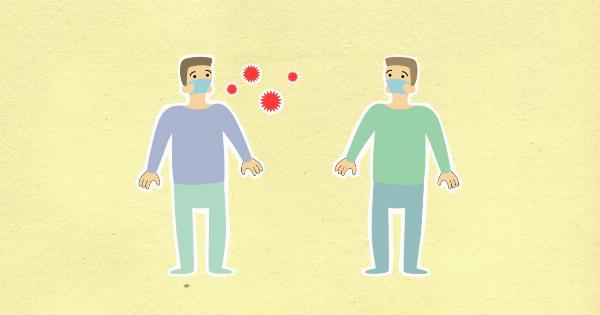Prescription drugs, once hailed as lifesaving medical interventions intended to alleviate pain and improve quality of life, have unintentionally become a leading cause of death in many countries.
The global increase in prescription drug-induced deaths has reached epidemic proportions, raising concerns about the hidden dangers lurking within medicine cabinets and pharmacies.
The Prescription Drug Epidemic
In recent years, the misuse and abuse of prescription drugs have surged dramatically, resulting in a staggering number of avoidable deaths.
So why are these legal pharmaceuticals causing such devastation? The answer lies in a combination of factors, including overprescribing, inadequate regulation, and inherent risks associated with certain drugs.
The Roots of Overprescribing
One of the primary issues contributing to the prescription drug epidemic is overprescribing.
Doctors, under pressure to effectively manage patients’ pain, sometimes resort to prescribing opioids and other potent medications without fully considering the long-term consequences. Patients often receive prescriptions for drugs that they may not need or that could be substituted with safer alternatives.
Opioids: A Dangerous Double-Edged Sword
Opioids, such as oxycodone, hydrocodone, and fentanyl, are some of the most commonly prescribed drugs associated with prescription drug-induced deaths. The pain-relieving properties of opioids make them valuable for treating chronic and acute pain.
However, their high potential for addiction, tolerance, and overdose makes them an extremely risky option, particularly when misused or taken in combination with other substances.
The Dark Side of Benzodiazepines
Benzodiazepines, a class of sedative tranquilizers widely prescribed for anxiety and sleep disorders, are also responsible for a significant number of prescription drug-induced deaths.
Similar to opioids, benzodiazepines can cause respiratory depression and profound sedation, leading to fatal outcomes, especially if used outside prescribed guidelines or combined with other central nervous system depressants.
Antidepressants: Balancing Hope and Risk
Antidepressants play a crucial role in treating various mental health conditions and improving overall well-being.
However, the potential risks associated with antidepressant use, such as increased suicidal ideation, self-harm, and other adverse effects, must not be underestimated. Close monitoring, appropriate dosage adjustments, and ongoing patient communication are vital to minimize the likelihood of prescription drug-induced deaths related to antidepressant use.
Preventing Prescription Drug-Induced Deaths
Addressing the prescription drug epidemic requires a multifaceted approach involving healthcare providers, policymakers, pharmaceutical companies, and individuals themselves. Some key strategies to consider include:.
1. Enhanced Education and Training
Healthcare providers should receive comprehensive education and training regarding appropriate prescribing practices, recognizing and managing risk factors, and identifying signs of addiction or misuse in patients.
Continued medical education should also address non-pharmacological approaches to pain management and the importance of patient-centered care.
2. Stricter Regulatory Measures
Regulatory bodies must establish stricter guidelines and monitoring systems to prevent overprescribing, ensure proper documentation, and flag potentially harmful medication combinations.
This includes promoting the use of prescription drug monitoring programs to track patients’ medication usage and identify potential abuse or diversion.
3. Access to Non-Pharmacological Alternatives
Greater emphasis should be placed on providing patients with access to non-pharmacological alternatives for pain management, such as physical therapy, cognitive behavioral therapy, and acupuncture.
Expanding insurance coverage for these alternative therapies can help reduce reliance on prescription drugs, ultimately saving lives.
4. Improved Public Education
Public awareness campaigns must highlight the risks associated with prescription drugs, including potential side effects, addictive properties, and the importance of following prescribed dosage and usage instructions strictly.
Educating individuals about safe storage and disposal of medications can also help reduce the availability of drugs for misuse or abuse.
Conclusion
The rise of prescription drug-induced deaths has become a pressing concern worldwide. To combat this alarming trend, a comprehensive and collaborative effort is required.
From more responsible prescribing practices to enhanced regulatory measures and increased education, it is crucial for all stakeholders to work together to mitigate the hidden dangers of prescription drugs and ensure the safety of patients.































